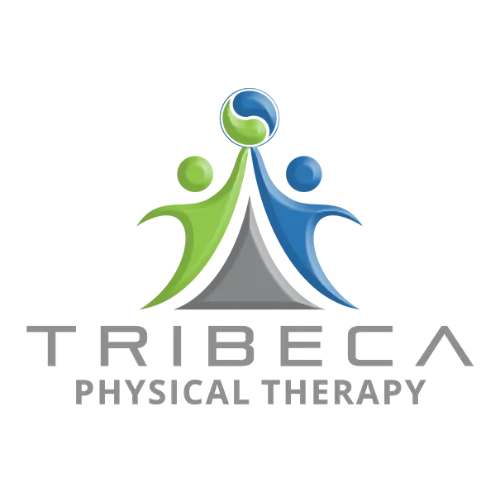Have you ever noticed that after a few hours of working at your desk, either at the office or home, your neck and back hurt, or an injury that you thought was healed flares up? It may have a lot to do with how your desk and chair are set up.
Office ergonomics is very important for our posture and musculoskeletal health. The average adult actually spends more than half of their time (50-70% on average) sitting in the workplace. These static, prolonged positions that are so familiar can actually be detrimental to our health, causing all sorts of work-related injuries.
Overuse injuries like back pain, neck pain, and even wrist pain can come out of nowhere as you’re minding your own business, typing away at your computer just as you normally would. This is why office ergonomics are so important.
What is Office Ergonomics?
Ergonomics refers to “the science of fitting workplace conditions and job demands to the capabilities of the working population.” Static, prolonged positions can easily cause overuse injuries that are largely preventable with the correct setting and movement patterns. With the right office design, ergonomic desk setup, and awareness of your current posture habits, you can work wonders in terms of preventing injuries.Physical therapy can actually play a key role in improving your workplace setting to ensure that you’re not at risk.
How can Physical Therapy help my posture?
An Ergonomic Assessment from a physical therapist can improve your office setting and also track your progress over time, providing exercises and tools to monitor your performance and improvement long-term.
The physical therapist would assist you in improving your workplace posture, they will test and screen for the following factors:
- Your Posture: Comparing it to your workstation, is your back properly aligned? How’s the position of your head?
- Your Strength: Are muscle weaknesses playing a role in a hunched sitting position? How’s your total body strength and stability?
- Your Flexibility: How’s your upper body posture? Hip range of motion? It all matters!
- Your Balance: Do you have good spine health? Balance can speak a lot about your ability to move in general.
- Your physical therapist can provide the necessary tools to improve your current routines so that you’re not putting yourself at risk of injury in the workplace.
Quick Posture Check
Your posture plays a major role in injury prevention from prolonged positions. It’s probably not realistic to think that you’ll be able to maintain perfect, neutral posture at all times but giving yourself regular “posture checks” can be huge in terms of not returning to that slouched position that is so easy to fall into. So what you do right now to help this proper alignment become your default position?
As you’re sitting in your chair, go over these posture tips:
- Make sure that your head is upright and over the base of your neck (no craning forward).
- Keep your feet flat on the floor to keep your lower back and core in a good position and to avoid stress along the rest of the spine.
- Use an armrest for your elbows for the support.
- Leave some space between the back of your knees and the chair.
Position your computer screen at eye level to prevent prolonged bending at the neck. Bonus: This will also help you reduce eye strain and the potential for headaches.
Tribeca Physical Therapy is officially reopened for in-person physical therapy sessions and continues to offer Telehealth PT or Virtual PT. Call us at 2124068080 or message us and book your first session free.



